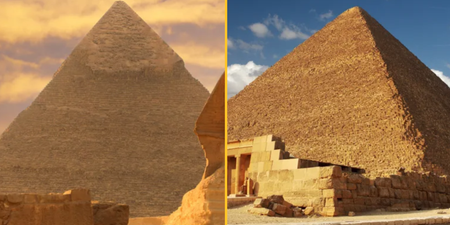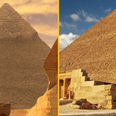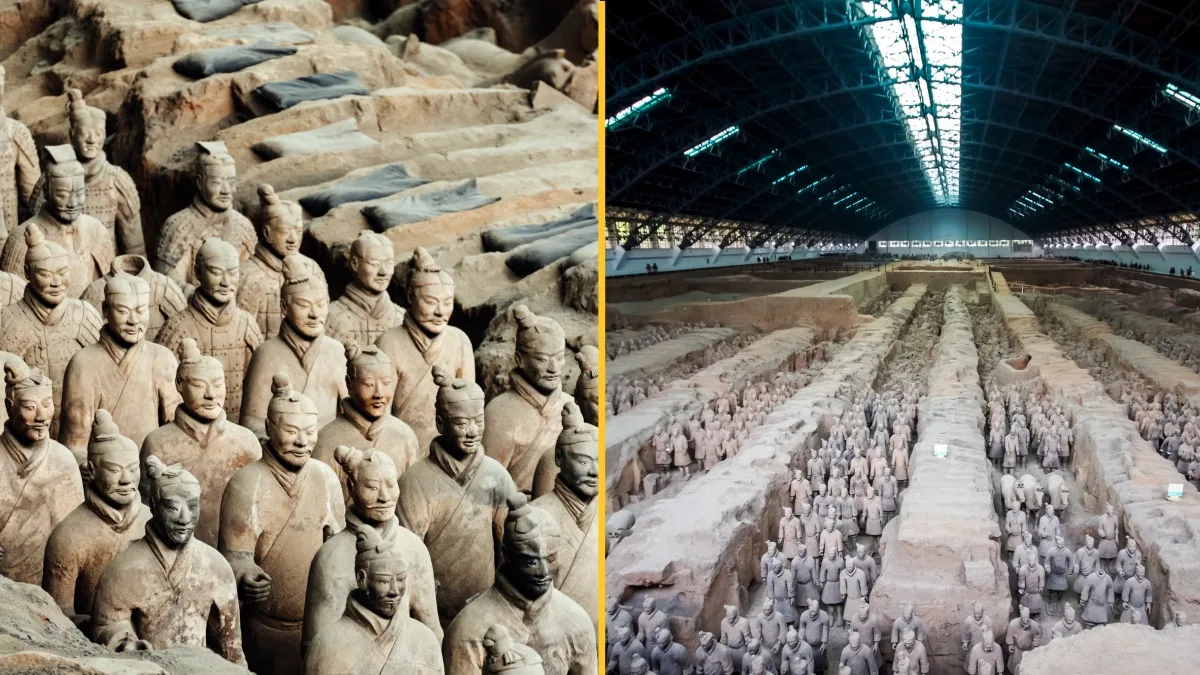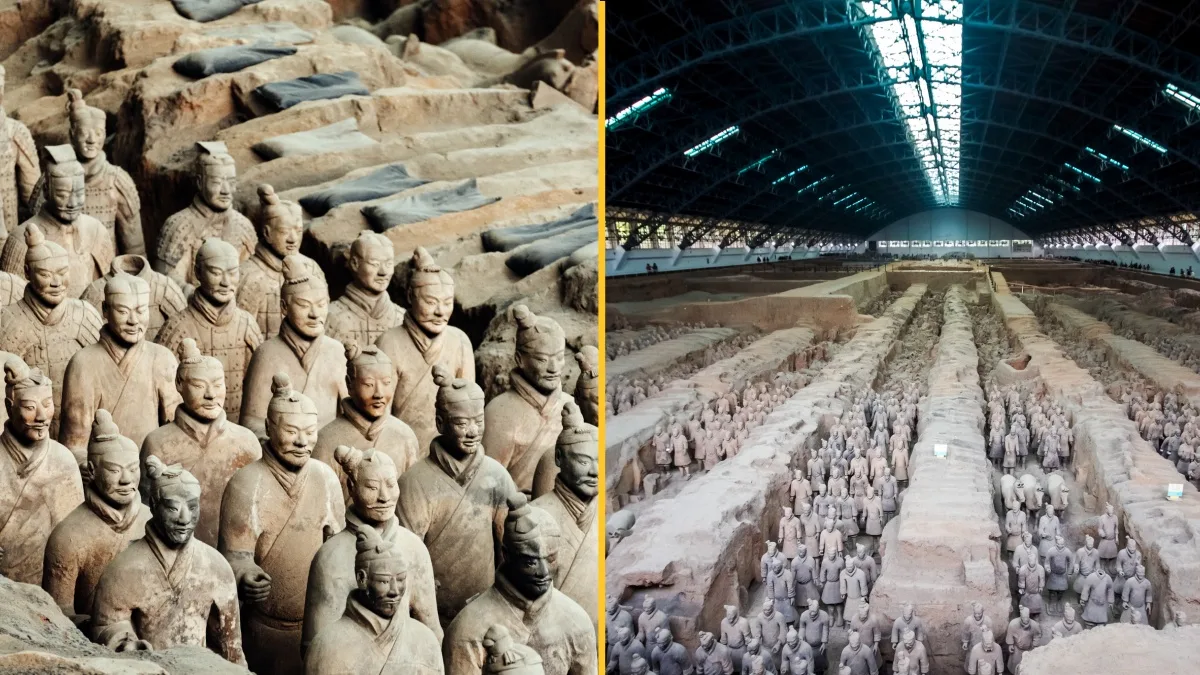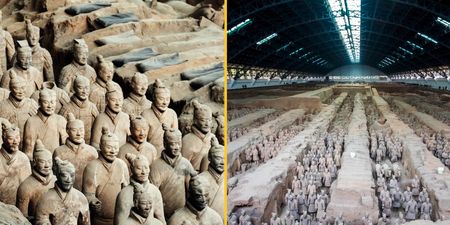One of the Earth’s greatest mysteries has finally been solved.
Around four and a half thousand years ago, the Ancient Egyptians (or just the Egyptians as they were known then) began building what would go onto become one of the seven wonders of the world: The Pyramids.
Built using millions upon millions of thick stone blocks, Pharaoh Khufu began the first Giza pyramid project, and the construction of such pyramids has long been the topic of speculation, argument, and conspiracy.
Just how could people with no technology, with no modern infrastructure, no outside help, build such monstrous and gargantuan structures which are so precise and specific to this day?

The average weight of a single stone block used to construct Pharaoh Khufu’s Great Pyramid weighs in at a brutal 2.5 tonnes. In the entirety of Khufu’s Great Pyramid there is around 2.3 million of these blocks.
Knowing this and knowing that such blocks were pushed, pulled, and dragged by human beings to build the pyramids has caused endless debate and criticism. Why? Because it doesn’t really make sense. Or at least, it didn’t.
Now historians believe they’ve cracked the truth of how these exceptionally heavy stones were actually moved, reports the New York Times.
A team of researchers speculated that the stones were moved using the assistance of a tributary of the Nile.
The team decided to test their theory using five fossilised soil samples from the Giza floodplain.
A lab in France then analysed the samples for pollen and vegetation which was commonly found around the Nile. This would prove that during the construction of the pyramids, there was a waterway there, which has long since dried up.
Archaeologists, dug 30ft deep into the sand to undercover the historic soil but it was all worthwhile when the team were able to confirm the existence of the Khufu Branch which carried the many millions of stone slabs to their final place in history.

However this wasn’t all they found, as they also discovered an ancient scroll, or a papyrus, which told of how one official, known as Merer, transported limestone along the Nile to a construction site in Giza, thus cementing their evidence even more.
Speaking about the discovery, Hader Sheisha, an environmental geographer, said that it would be ‘impossible’ to build the pyramids without the tributary.
She added: “I was so interested because this confirms that the transport of the pyramid’s building materials were moved over water.”
Sheisha concluded that she hopes this finding is the first of many. We hope so too.
Related Links:
‘Pyramid’ discovered sitting beneath ice in Antarctica
Ancient monument older than Egyptian pyramids sat on UK council estate
Company given $225 million to bring dodo and woolly mammoth back to life










